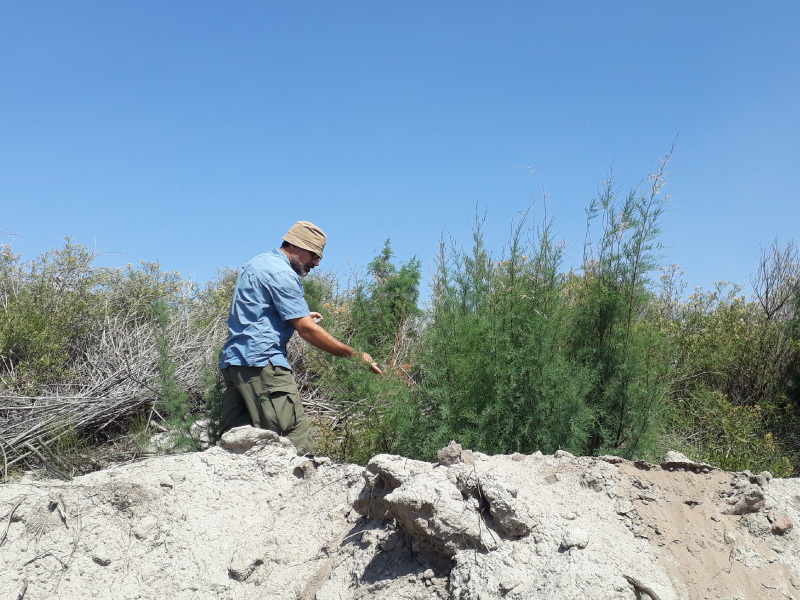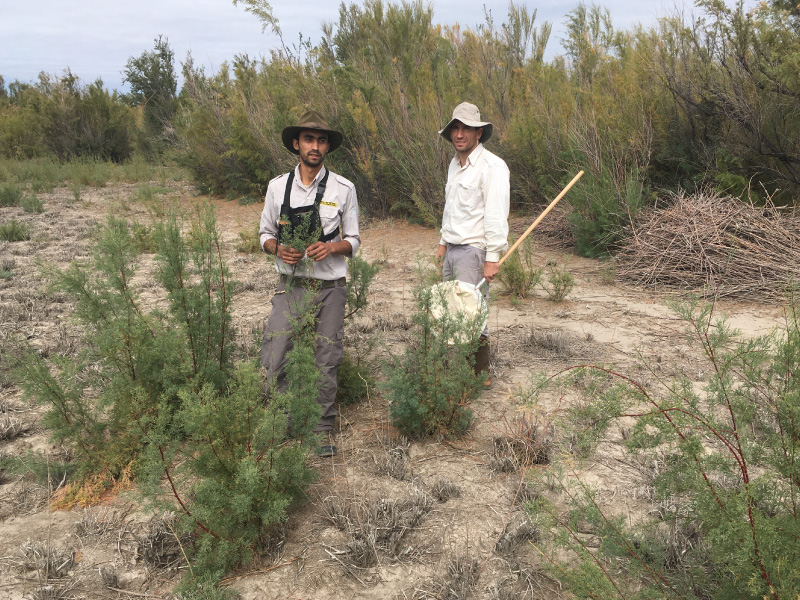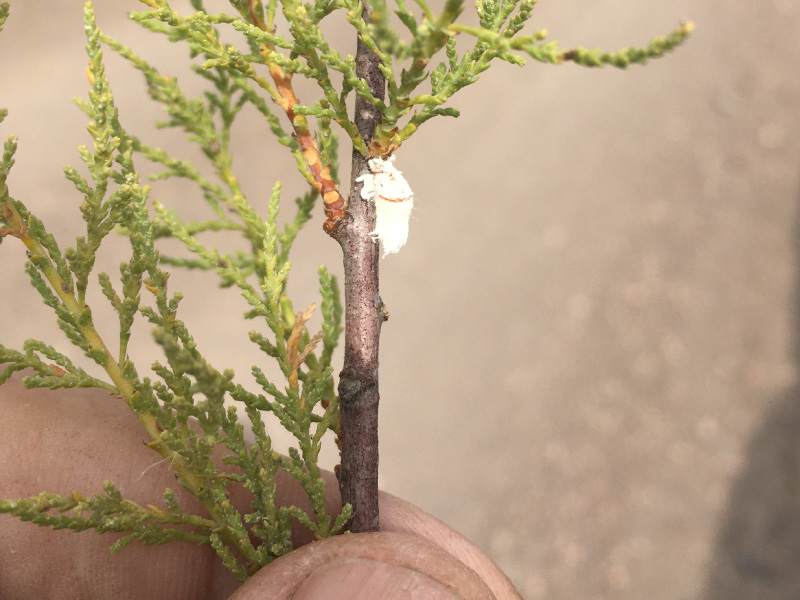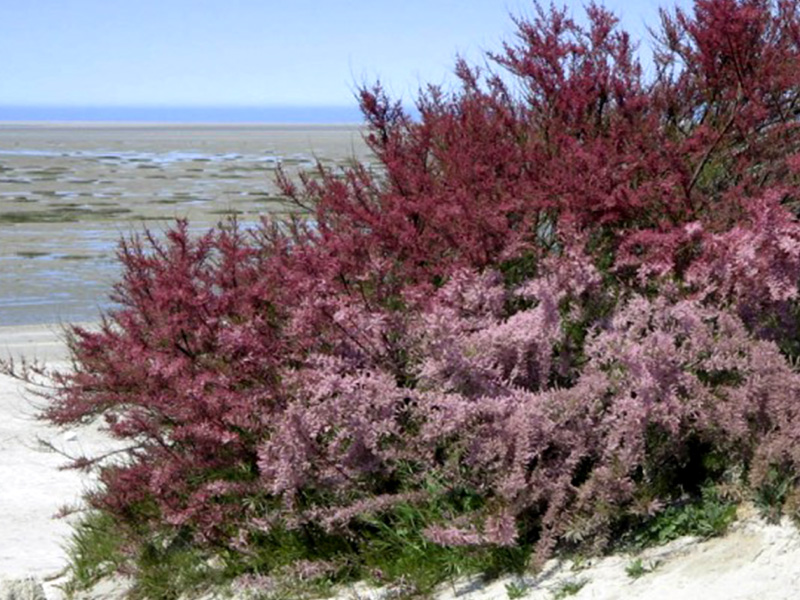21 May Tamarix spp.(Saltcedars)
Tamarix spp.(Saltcedars)
Saltcedar, Tamarix spp. is native to Eurasia and Africa. In Argentina, saltcedars affect the social and economic value of both highly productive land and subsistence agriculture areas. They also threaten biodiversity and conservation in dry ecosystems, including national parks and several protected areas.
The taxonomic isolation of Tamarix spp. in Argentina, their widespread distribution, negative impact on natural areas, and lack of impact from existing natural enemies, all indicate that Tamarix is an ideal candidate for classical biological control (CBC). CBC of Tamarix spp. has been rapid and highly successful in the USA after the introduction of four Diorhabda spp. (Coleoptera: Chrysomelidae). CBC of Tamarix spp. in Argentina could be implemented easily, rapidly, and at a low cost by utilizing the information developed in the USA. In 2019, we initiated a project to document arthropods and pathogens associated with Tamarix spp. in Argentina to determine the convenience of introducing natural enemies from the weed’s native range. In a second phase, we may recommend the importation of D. sublineata from USA to initiate a colony of the insect at the National Institute of Agricultural Technology (INTA) quarantine facility, and evaluate the risk of utilizing D. sublineata as a biocontrol agent against Tamarix spp. in Argentina.
Staff:
Guillermo Cabrera Walsh
Fernando Mc Kay
Alejandro Sosa
Mariel Guala.
Cooperadores:
Evangelina Natale (Universidad Nacional de Río Cuarto), Freda Anderson (Centro de Recursos Naturales Renovables de la Zona Semiárida, Bahía Blanca). Paul Pratt USDA, ARS, WRRC, Invasive Species and Pollinator Health Research Unit.







